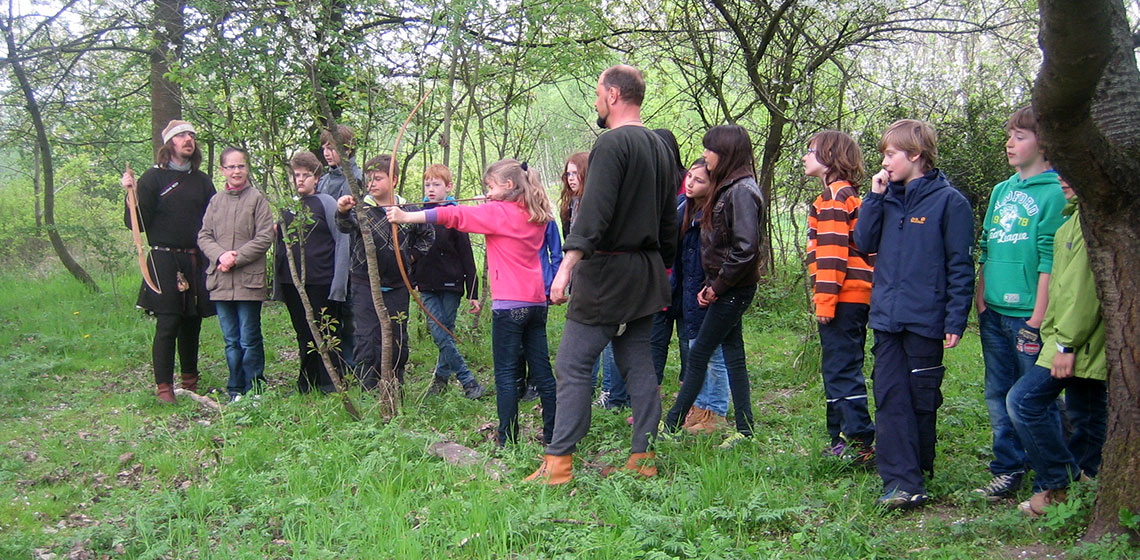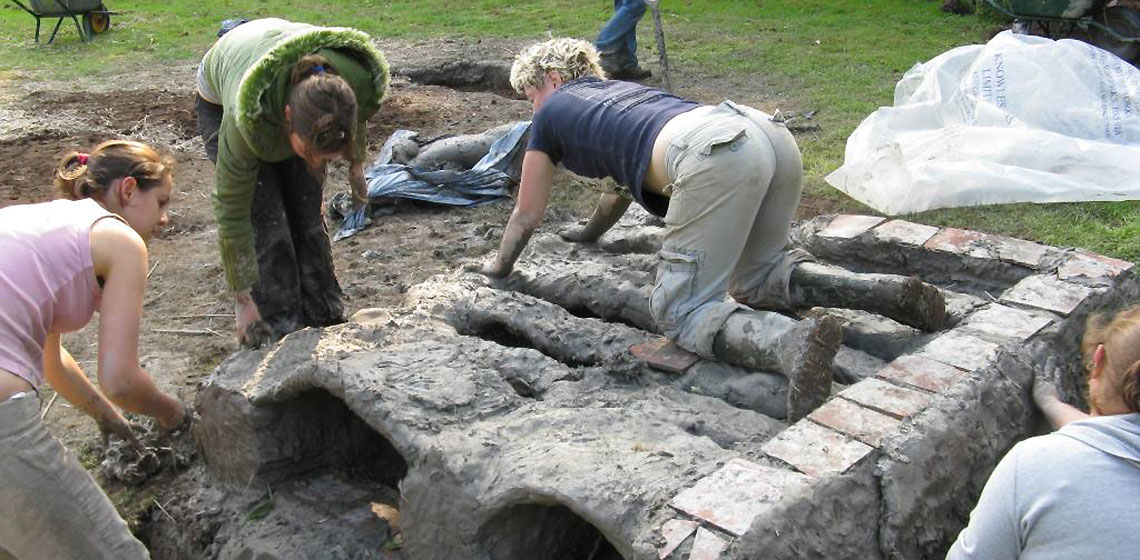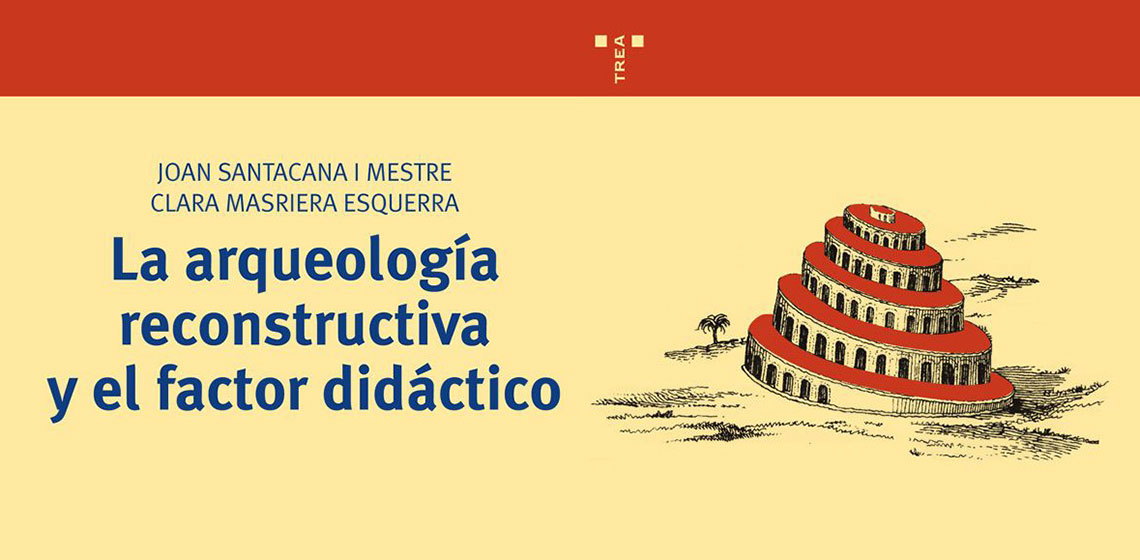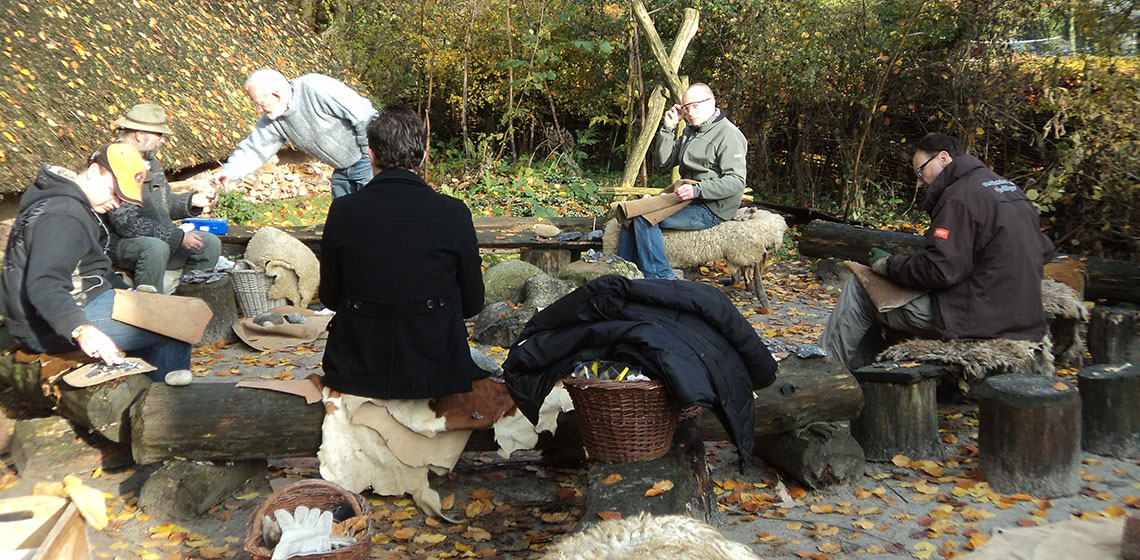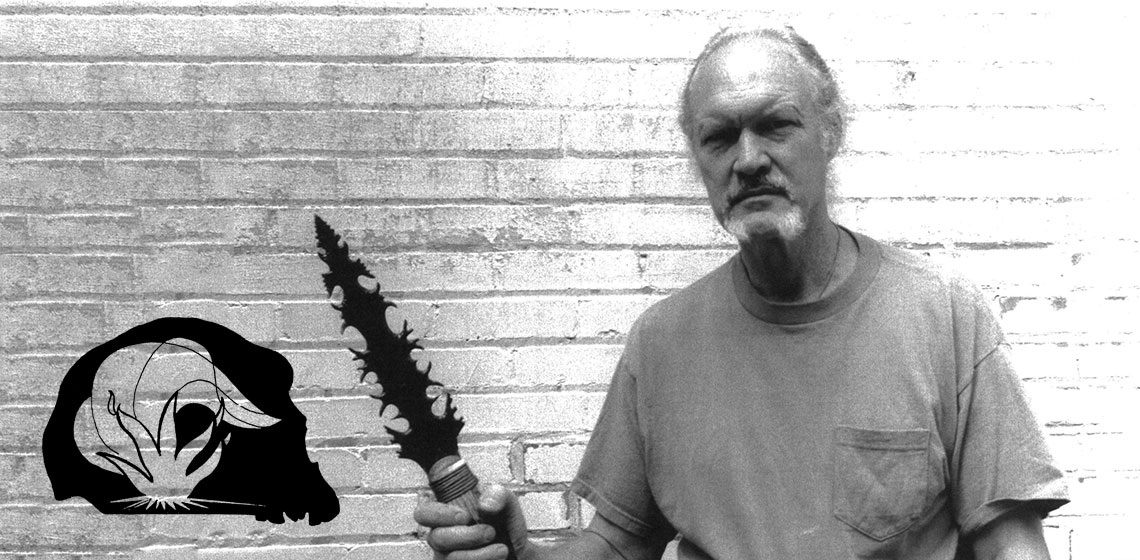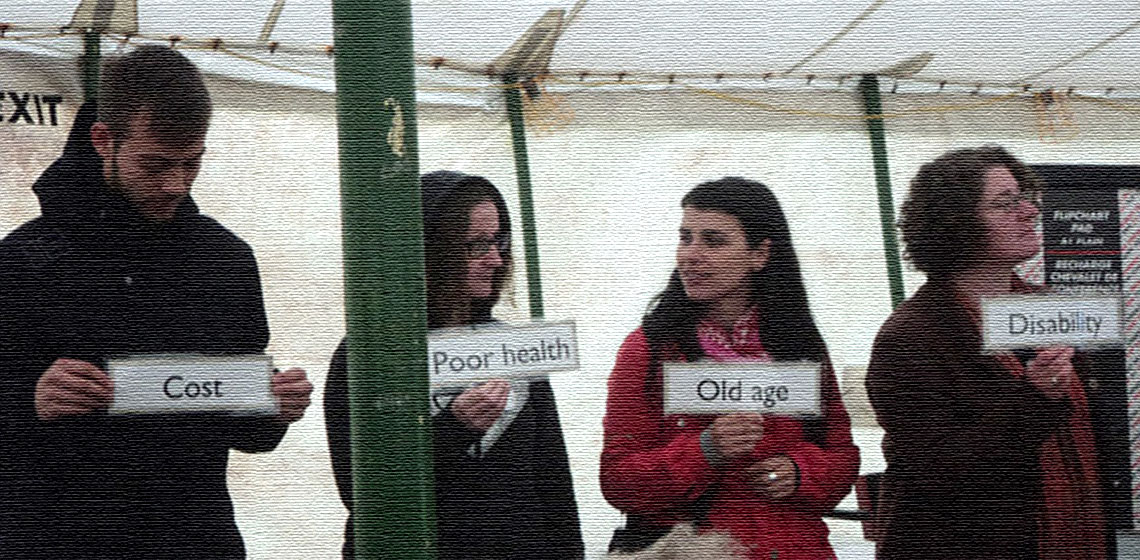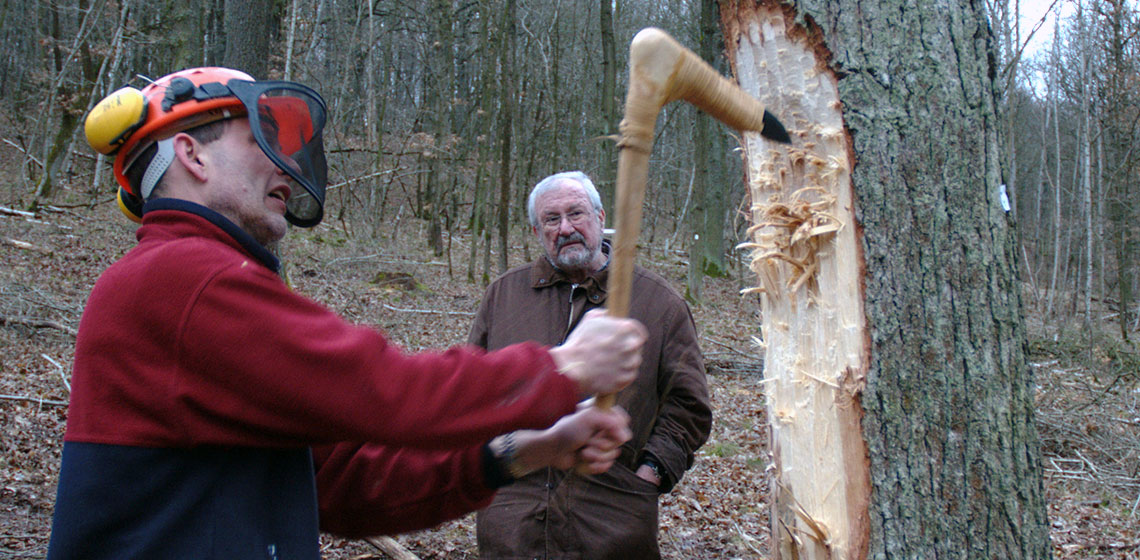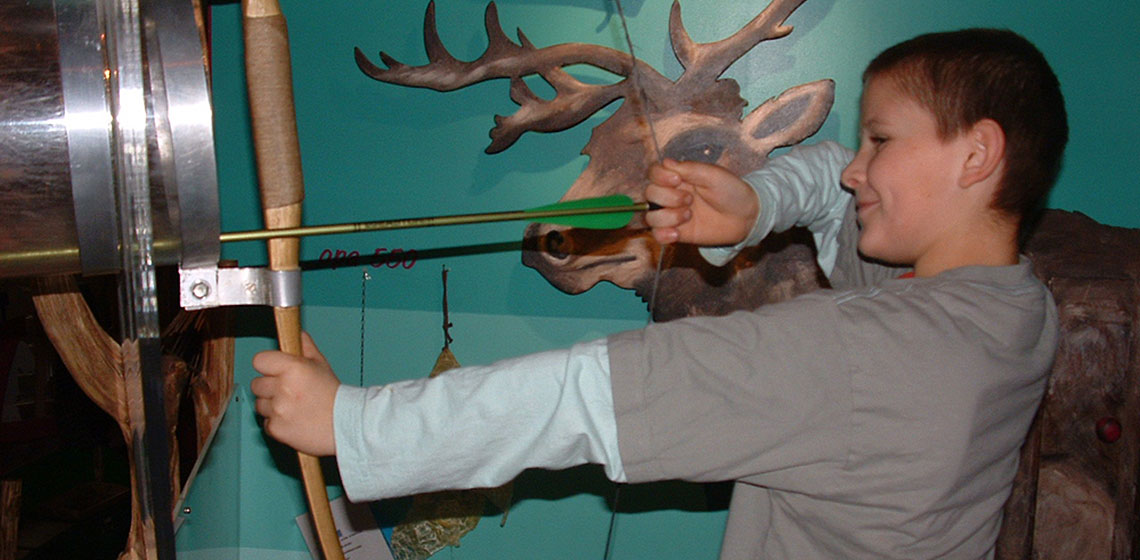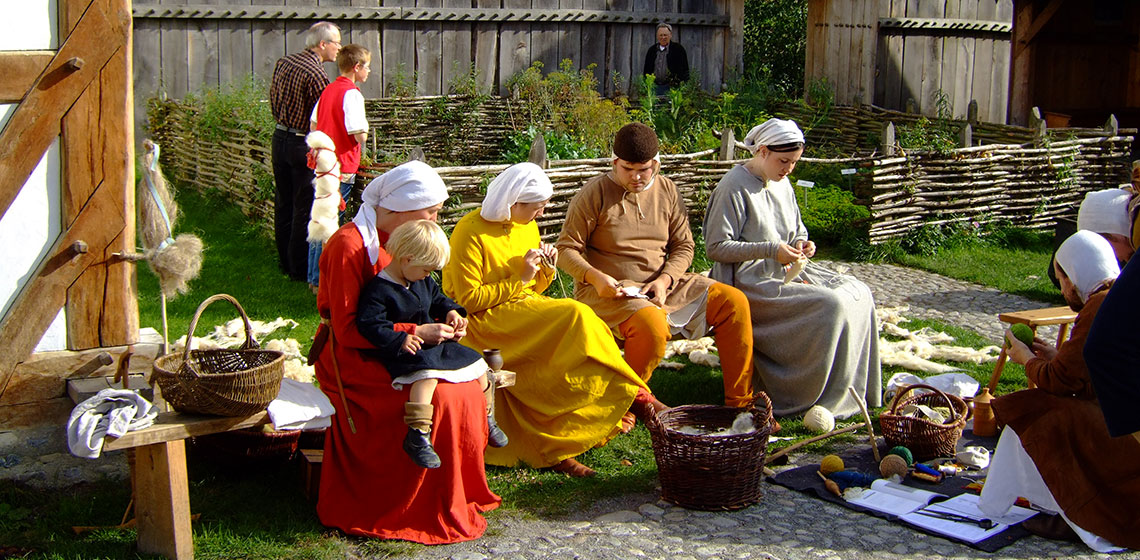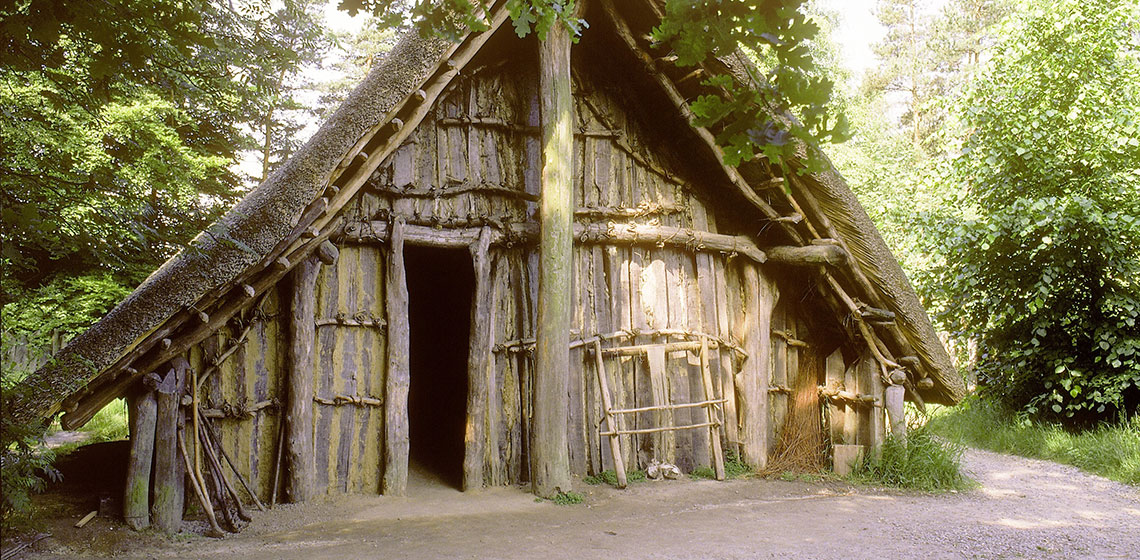education
A Playground Amongst Museums - The Bauspielplatz: from an Open-air Youth Centre to a History Experience Site - an Unusual Development
Let’s Build a Medieval Tile Kiln - Introducing Experimental Archaeology into the University Curriculum
***As a lecturer at the University of Central Lancashire (UCLAN) I teach a course on medieval archaeology and run a successful programme in designing exhibitions for local museums and community groups. I also encourage my students to take part in the community archaeology and history projects...
Book Review: La Arqueología Reconstructiva y el Factor Didáctico by Santacana and Masriera
Both in Europe and in the US there is a multitude of archaeological sites which are shown to the general public either partially or completely rebuilt. This pattern, which is standard practice in many countries, is sternly contested and rejected in others, giving rise to a 200 year old international debate...
Conference Review: VAEE Celebrates 20 Years
If you live in the Netherlands and work with archaeological open-air museums, archaeological experimentation or education, there is a good chance you are a member of VAEE, the Dutch Association for Experimental Archaeology & Education...
Interview: Dr Errett Callahan
Conference Review: Didarchtik’s Final Workshop at Butser
By mid-2012, the Learning Partnership Didarchtik had come to an end with a last workshop at Butser Ancient Farm in the UK. Many subjects we had touched on over the previous two years were back on the table...
Interview: Helmut ‘Hugo’ Windl
Public Outreach in the Drents Museum in Assen (NL)
International Learning Partnership: Living History and Adult Education in the Museum
75 Years of History on Concrete Floors
In 2011 the archaeological open-air museum Oerlinghausen (member of EXARC) turned 75 years old, and with that it is one of the oldest archaeological open-air museums in the world. It is, at least, oldest Germanic open-air museum...

